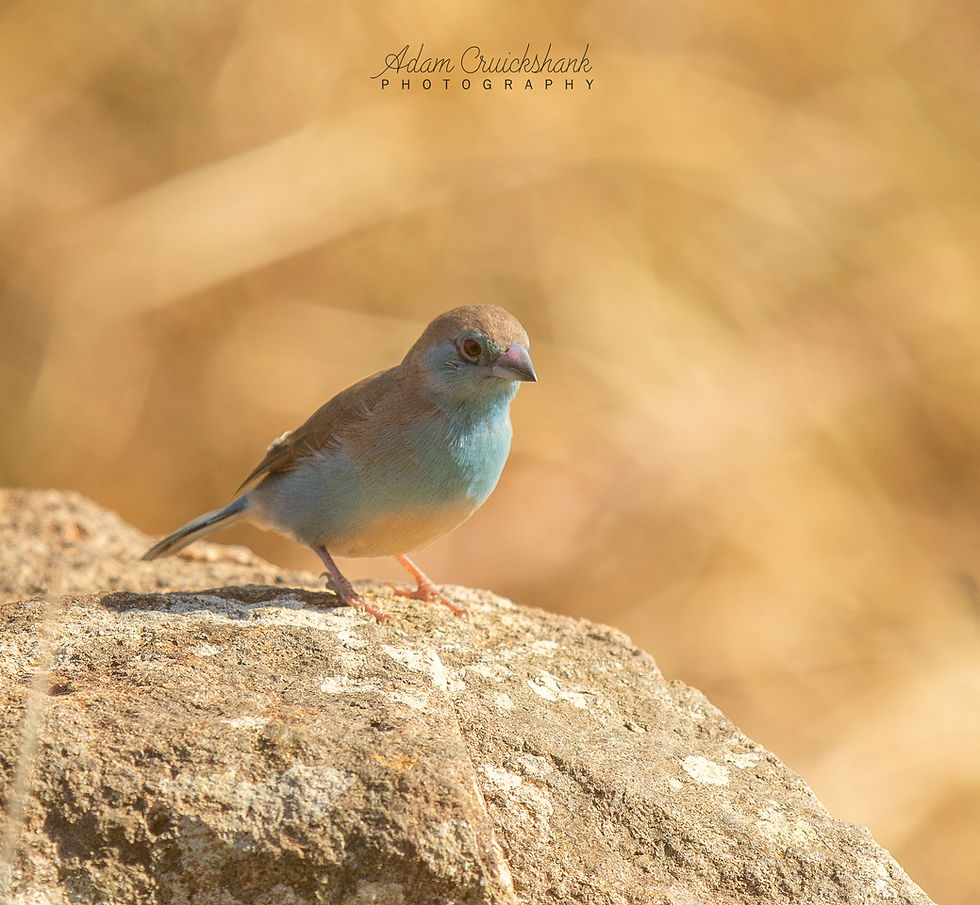The Importance of Soft Field Marks
- Adam Cruickshank

- Dec 31, 2020
- 3 min read

I had the opportunity to interview Nathan Swick, the host of the ABA's American Birding Podcast. Nathan is also the author of 'Birding for the Curious' (2015, Page Street Publishing) and the 'American Birding Association Field Guide to Birds of the Carolinas' (2016, Scott & Nix). The interview was a great opportunity to learn from this great birder.
I asked Nathan to highlight some of the things that people should be looking out for in the field if they want to grow as birders. Although the examples he gave were two American species, his advice on soft field marks I feel is important advice for any birder that wishes to improve (please note the quote has been slightly edited to transition it from audio to a written form):
'When I'm talking to novice birders, I always harp on the importance of what I call soft field marks, things such as status, distribution, and things that aren't necessarily on the bird, but are just sort of around the bird. The time of year, what the bird is doing, the habitat that the bird is in, and things of that nature. A lot of times that will clue you into the identity really quickly, or at least kind of narrow that giant list of birds that are possible at any given place into something that's a lot more manageable.
If you're here in North Carolina, as an example, we have two species of wood warblers that in the fall can look really similar, Orange-crowned and Tennessee Warblers. When I'm thinking about them, I almost never get them confused, mostly because Tennessee Warblers arrive in my state in late September, early October. You won't usually see an Orange-crowned Warbler until almost November. And so, you don't usually see them together. So, you don't really have to think about them in terms of each other. If you see one that looks like an Orange-crowned or Tennessee Warbler, you know that if it's in the earlier part of the fall, then it's a Tennessee. If it's a later part of the fall, it's probably an Orange-crowned.
You can be really easily confused by those two birds. But the fact is, they're not really seen together. So you don't really need to confuse them all that much. Getting people in touch with those sorts of field marks and sort of understanding the where's and whys of birds is a huge thing for novice birders.
You know, birds are actually super predictable. Like they're typically going to be where they're supposed to be, at the time they're supposed to be. And certainly, those weird ones that we always get excited about are the ones that are the exceptions to that rule. But for the most part 90 percent of the birds that you're going to see are going to be in the places they're supposed to be. And sort of knowing those places and knowing what to expect in those places is something that is super, super useful for a birder. And I feel like that's a step that is sort of missed sometimes. People want to focus on what the bird looks like and all the field marks on the bird, when those sort of soft field marks around the edges are so much more useful.
What soft field marks have you used to tell tricky species apart? How reliable to you feel that soft field marks are on the field?

You can listen to the full interview via your favourite podcast app or head on over to https://www.thebirdinglife.com/podcast
To order books at great prices from Wild Books Online Store (use the code 'Birding' for a 5% discount on your order) bit.ly/blwildbooks


